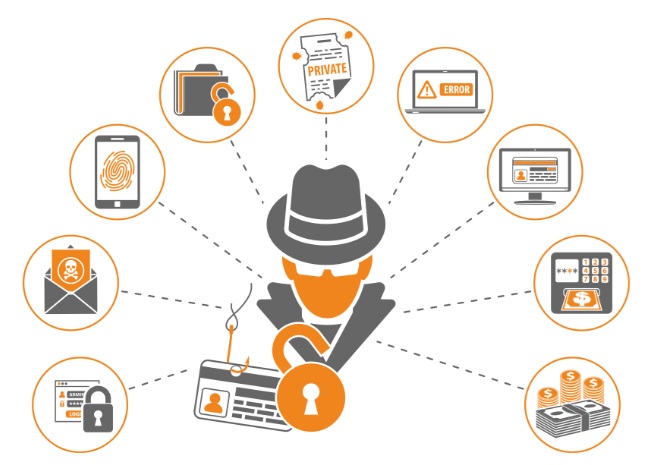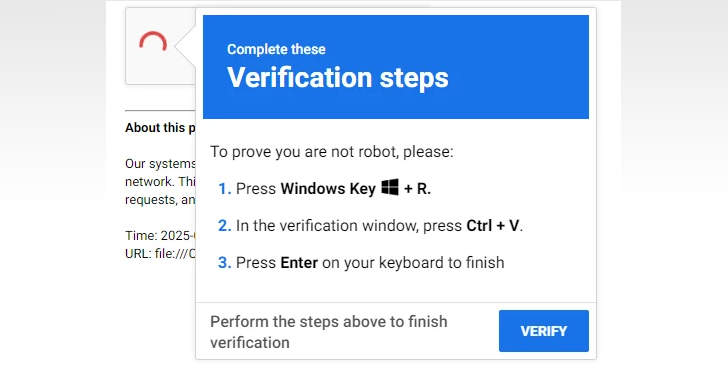
What Does Your Data Breach Incident Response Plan Look Like?
Data breaches have become an all-too-common occurrence in the modern digital landscape. From multinational corporations to small businesses, no one is immune to the threat of a data breach. In recent years, the frequency and scale of data breaches have reached alarming levels, leaving organizations and individuals vulnerable to a range of risks, including financial loss, reputational damage, and identity theft.
To mitigate these risks, organizations must have a robust data breach incident response plan in place. A well-structured response plan can mean the difference between a minor hiccup and a catastrophic data breach. In this article, we’ll explore the importance of having a data breach incident response plan and what key elements it should include.
Understanding the Data Breach Landscape
Before delving into the specifics of an incident response plan, it’s essential to understand the evolving data breach landscape. Data breaches can take many forms, including:
- Cyberattacks: These involve hackers gaining unauthorized access to an organization’s systems or networks to steal sensitive data.
- Insider Threats: Data breaches can also be caused by employees or trusted individuals intentionally or accidentally exposing sensitive information.
- Third-Party Incidents: When an organization’s data is compromised through a third-party vendor or service provider, it’s considered a third-party incident.
- Lost or Stolen Devices: Data breaches can occur when devices such as laptops, smartphones, or USB drives containing sensitive data are lost or stolen.
- Phishing Attacks: Cybercriminals use phishing emails to trick individuals into revealing sensitive information like login credentials.
- Ransomware: Malicious software encrypts an organization’s data, demanding a ransom for decryption keys.
The methods and motivations behind data breaches vary widely, but the consequences are often severe. Therefore, organizations must prepare for the possibility of a breach by developing a comprehensive incident response plan.
The Importance of an Incident Response Plan
A data breach incident response plan is a proactive strategy that outlines how an organization will respond when a data breach occurs. Having such a plan is critical for several reasons:
- Minimizing Damage: An effective response plan can help minimize the damage caused by a data breach. It enables organizations to contain the breach quickly, preventing further unauthorized access and data exposure.
- Protecting Reputation: Data breaches can severely tarnish an organization’s reputation. A well-executed response plan can demonstrate to customers, partners, and stakeholders that the organization takes data security seriously and is actively addressing the issue.
- Complying with Regulations: Many regions have strict data protection regulations, such as the General Data Protection Regulation (GDPR) in the European Union and the California Consumer Privacy Act (CCPA). Having an incident response plan is often a legal requirement to ensure compliance with these regulations.
- Reducing Financial Impact: Data breaches can result in significant financial losses, including fines, legal fees, and expenses related to notifying affected individuals. A response plan can help minimize these costs.
- Speedy Recovery: A well-prepared incident response plan can expedite the recovery process, allowing the organization to return to normal operations more quickly.
Key Elements of a Data Breach Incident Response Plan
A comprehensive data breach incident response plan should encompass the following key elements:
- Preparation: Before a breach occurs, an organization should establish an incident response team, clearly defining roles and responsibilities. This team should include representatives from IT, legal, public relations, and senior management. Regular training and awareness programs for employees are also crucial.
- Identification: Detecting a data breach as soon as possible is vital. Implement monitoring tools and processes that can alert you to unusual activities or patterns in your network or data access. Define clear criteria for identifying a breach.
- Containment: Once a breach is detected, the immediate priority is to contain it to prevent further damage. This may involve isolating affected systems, shutting down compromised accounts, or blocking unauthorized access.
- Eradication: After containment, the focus shifts to removing the root cause of the breach. This might involve patching vulnerabilities, eliminating malware, or closing security gaps.
- Recovery: Begin the process of restoring affected systems and data to normal operation. Ensure that any data restoration is done securely to prevent a reoccurrence of the breach.
- Communication: Timely and transparent communication is crucial during a data breach. Develop a communication plan that includes notifying affected individuals, regulatory authorities, and the public (if necessary). Craft messages that reassure stakeholders while providing accurate information.
- Investigation: Conduct a thorough investigation to determine the extent of the breach, how it occurred, and what data was compromised. This information is vital for both understanding the breach and preventing future incidents.
- Documentation: Maintain detailed records of the incident response process, including actions taken, decisions made, and communications sent. This documentation can be valuable for legal and regulatory purposes.
- Improvement: After resolving the breach, assess what went well and what could be improved in your incident response plan. Use the lessons learned to update and enhance the plan for future incidents.
Testing and Drills
Creating an incident response plan is just the first step. To ensure its effectiveness, regular testing and drills are essential. Simulating data breach scenarios allows your incident response team to practice their roles, identify weaknesses in the plan, and improve their response capabilities.
Testing can take various forms, from tabletop exercises where team members discuss hypothetical scenarios to full-scale simulations that replicate real-world conditions. The goal is to ensure that when a data breach occurs, your team can respond swiftly and effectively.
Conclusion
In today’s interconnected world, data breaches are an unfortunate reality. Organizations must be prepared to respond swiftly and decisively when a breach occurs. A well-structured data breach incident response plan is not just a best practice; it’s a necessity for safeguarding sensitive data, protecting reputation, and ensuring compliance with data protection regulations.
Remember that data breaches can have far-reaching consequences, impacting not only the organization but also its customers, partners, and employees. By investing in a robust incident response plan, you’re taking a proactive step towards minimizing the damage and swiftly recovering from a data breach when it happens, because in the digital age, it’s not a matter of if, but when.
Contact Cyber Defense Advisors to learn more about our Incident Response Testing solutions.





